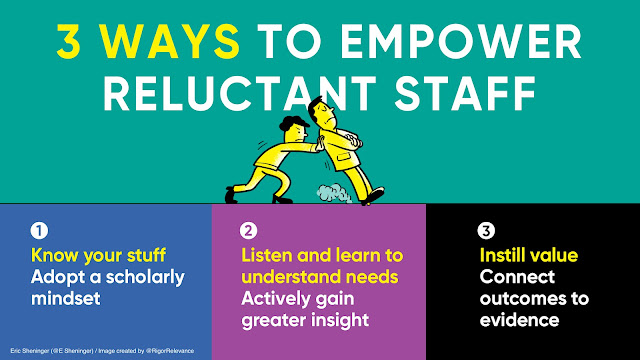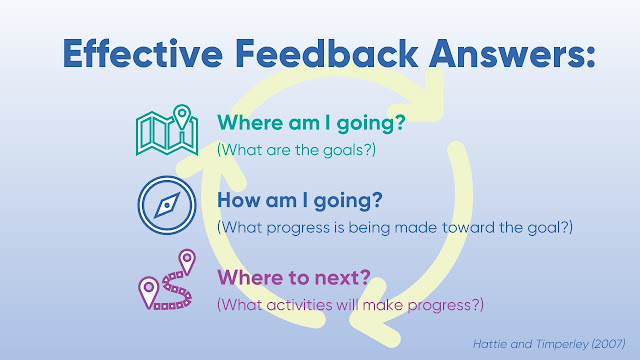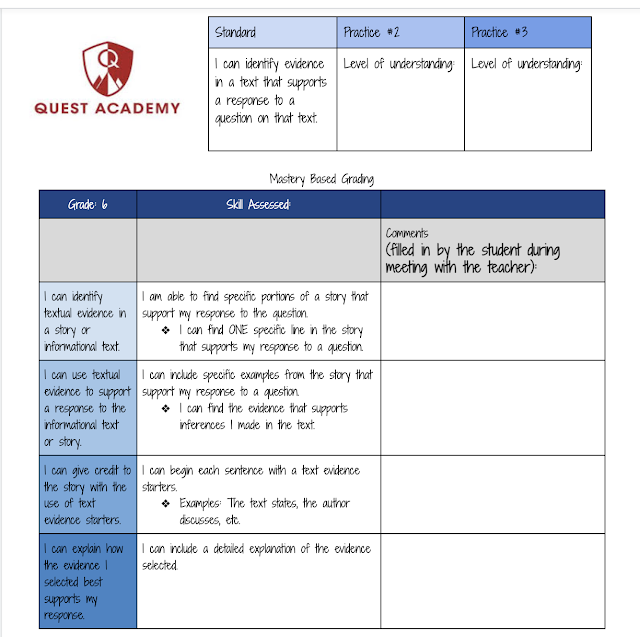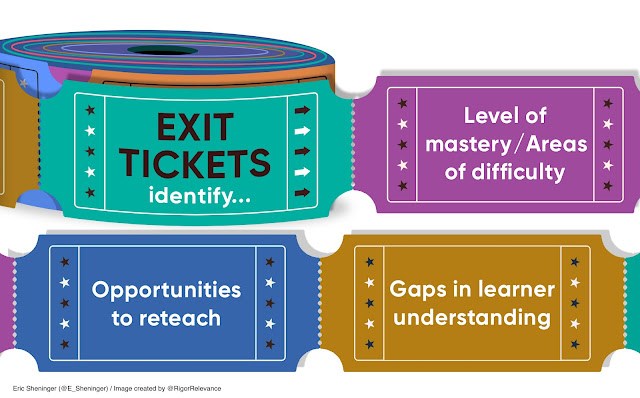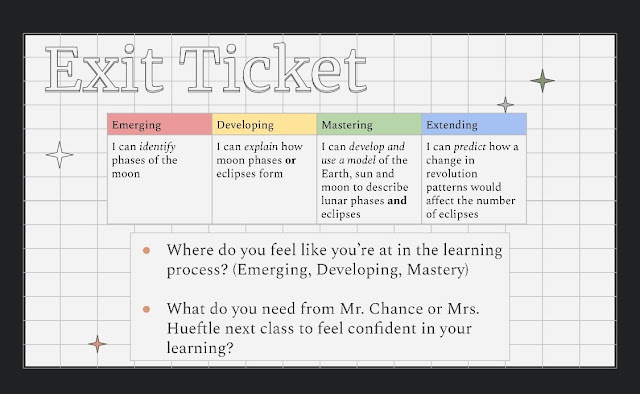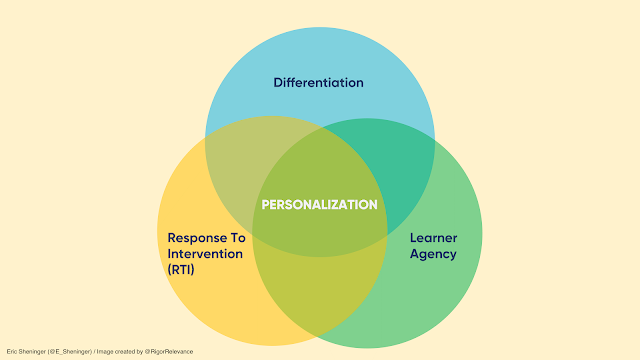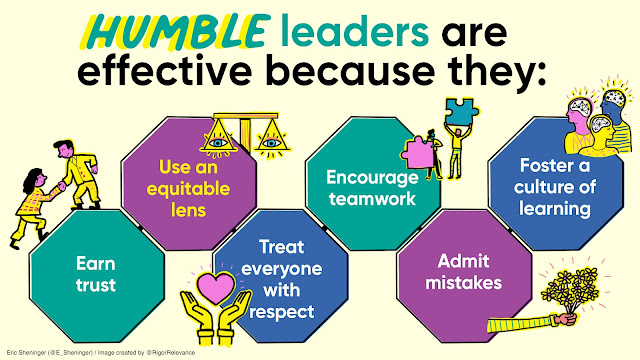As a leader, have you ever been so excited about a new initiative or innovative idea only to learn that some of your staff weren’t as equally thrilled? Early in my career, this was more the norm than the exception. I vividly remember getting excited about improving parent communication with, at the time, a state-of-the-art app. Since I saw the inherent value that it would have in the hands of my teachers to get information out readily while building relationships in the process, I couldn’t wait to usher in this change.
I began with a detailed email with attachments and planned a more formal presentation at an upcoming faculty meeting. The time finally came, and I facilitated a demonstration of the tool and then had my staff discuss the merits and possible issues with incorporating the tool across the entire school. To my dismay, at the time, my staff was primarily lukewarm to the idea or totally against everyone using a digital tool for communications. I felt both blindsided and confused. After meeting with some of my most trusted teachers, I decided not to move forward with the app. However, this was an invaluable learning experience for me, which helped when I tried to lead other change initiatives.
There were times, like the example above, when I did not find success with change. It’s not that they were bad ideas or a waste of time and resources. Instead, it was human nature in terms of a resistance to change that was the cause of reluctance in some of my staff. Fear of the unknown and being comfortable where one is at can stymie even the noblest efforts. As a leader, it was my responsibility to help my staff overcome both of these potential impediments and you can as well.
Know your stuff
It is critical to deeply understand what you are trying to achieve, why this journey is essential to embark on, and how it will lead to better outcomes. Begin embracing a scholarly mindset so you can connect research and evidence when it is time to lay out a path forward. Be sure to be transparent along the way, so your staff knows the advantages of the change and potential disadvantages. Most importantly, look for opportunities to model new ideas.
I shared the following in Digital Leadership.
Leadership is about action. Don’t expect others to do what you have not done or are not willing to do yourself.
Listen and learn to understand needs
Knowing your stuff also means you are willing to listen to staff concerns to gain greater insight that can be leveraged to overcome reluctance. Consider this a vital learning experience that can be used to influence both the decision process and future implementation. Incorporating feedback and addressing concerns openly can shift the tide. The opposite also holds true. When big decisions are made unilaterally, stiff resistance typically follows.
Instill value
There is no more significant catalyst for accepting change than when people clearly know the why behind the endeavor. It works to help people embrace what is being asked of them and, in the process, increases the likelihood of success. Value can also be secured by supplying clear evidence that the change is warranted and providing ongoing professional learning support.
Human nature can be a fickle thing. Reluctance to change might never be fully overcome. As leaders, it is prudent to be proactive when pursuing anything that bucks the status quo to empower staff to want to be part of the solution.
What strategies have you found to work when it comes to reluctant staff?
